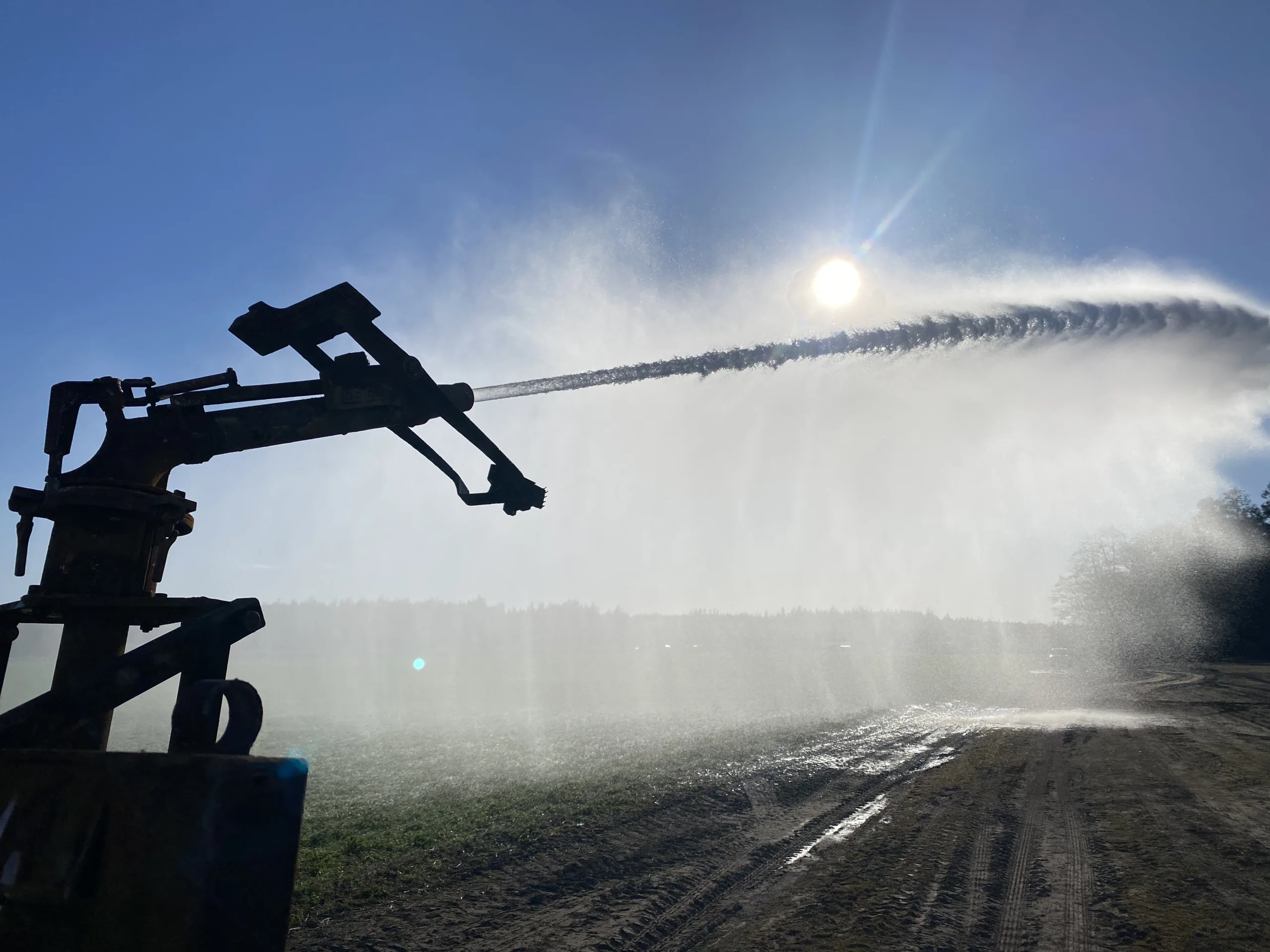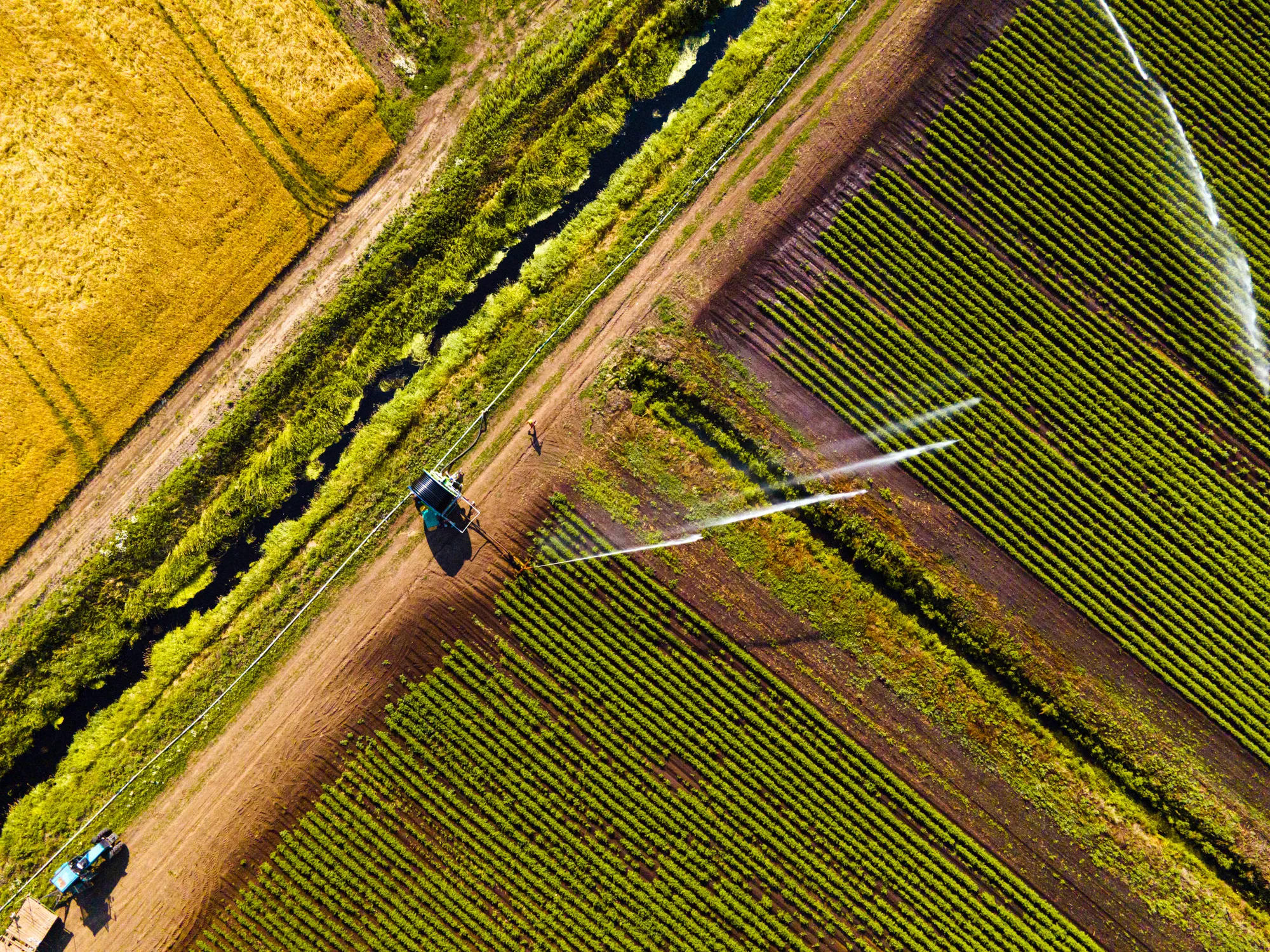Six Predictions: What the U.S.D.A’s Latest Irrigation Survey Data Will Say About Trends in U.S. Farm Irrigation
By David Wallace, CEO and Cofounder, FarmHQ
June 2024

I recently wrote about how the 2018 U.S. Department of Agriculture’s Water Management Survey of Irrigated Agriculture offers rich insights about agricultural water use in the U.S. – how much water is used on irrigation for farms and where, and what types of ag irrigation systems growers use most and where.
Published every five years, the latest USDA Irrigation and Water Management Survey, based on 2023 data, will be released this November.
Based on my analysis of their previous survey results, my experience working with irrigation on our family farm, and my work as CEO of farm technology company FarmHQ, here are my six predictions for what the new data will show:
Overall irrigated acreage will continue to decline. A drop in overall farmed acreage will mean a drop in irrigated acreage. But there are other drivers at play, too, including decreasing availability of ground and surface water.
But total irrigated volume won’t decline appreciably – and it might even grow. While U.S. growers are likely to be irrigating fewer acres, they’re likely to be using more water per acre. Hotter, drier summers across the U.S. driven by climate change will mean producers need to put more water down over the course of the growing season.
The number of U.S. farms will continue to drop. Since 1982, the number of U.S. farms has steadily fallen, while the average farm size has increased. Unfortunately, that trend will hold.
Farm drip irrigation will be more common for vegetable row crops. This trend was clear in the 2018 data, and the latest data will show it’s only growing for vegetable row crops and many specialty crops like potatoes and strawberries. Up until recently, the technology and associated labor challenges of using drip irrigation have been a barrier. But as costs come down, as the quality of drip hose continues to improve, as the equipment for laying down and retrieving drip tape becomes more widely available, and as new systems like drip tape irrigation and remote monitoring and control solutions become more widely available, more growers will move to these systems.
The number of farms using soil moisture monitoring and local weather data will increase. More options in the market, better software and user experiences, and a growing need to irrigate more efficiently will drive more deployment of soil moisture monitoring and local weather data. This will be true for both on-farm and near-farm systems.
Use of aerial imagery will mostly stay flat as more growers look to leading indicators like soil moisture monitoring and evapotranspiration measurements. Reliance on aerial imagery – including satellite and drone imagery – won’t expand any appreciable amount. Growers will recognize that aerial imagery is a lagging indicator, and growers will increasingly focus more on leading indicators like soil moisture monitoring and evapotranspiration measurements.

Check back in November to see what I got wrong, what I got right, and what the data tells us about where farm irrigation in the U.S. is headed.